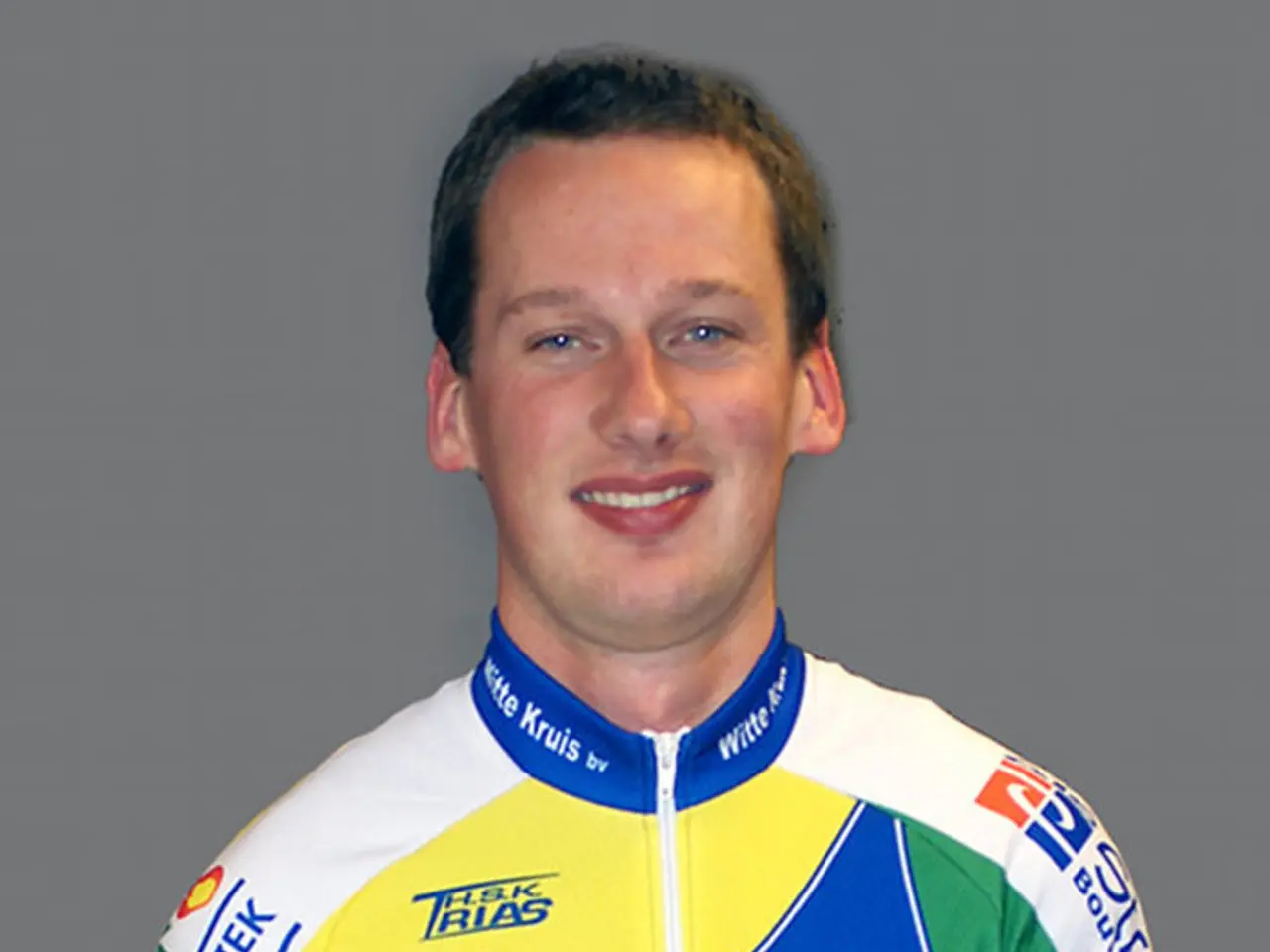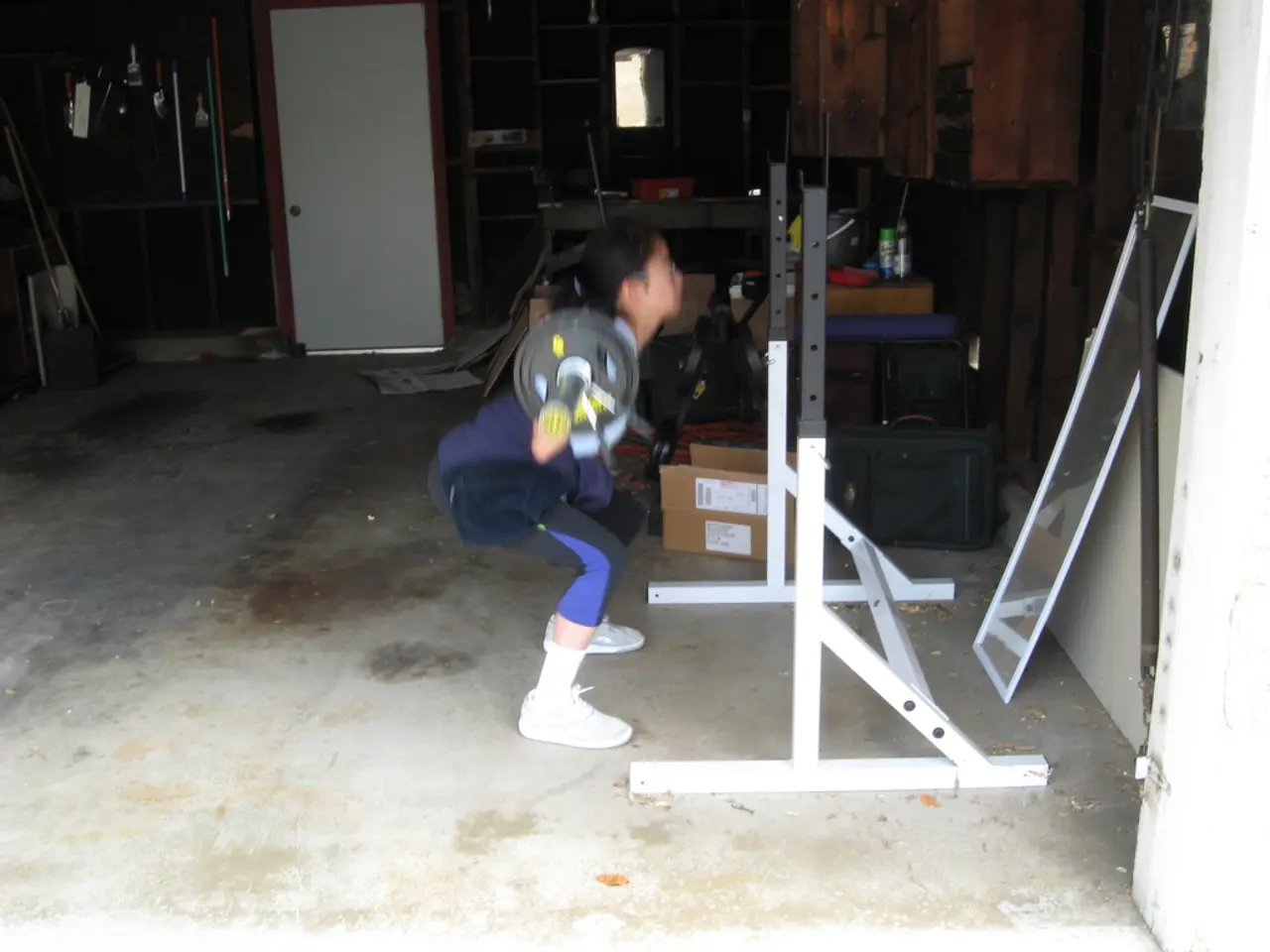Performing a sophisticated, nonsurgical technique for aneurysm treatment for the initial time
In a groundbreaking development for neurointerventional medicine, the Knappschaft Clinics Bottrop have successfully performed a stent-assisted coiling procedure for the first time. This procedure, used primarily for wide-neck intracranial cerebral aneurysms, involves deploying a stent across the neck of the aneurysm to act as a scaffold, preventing coil prolapse and enhancing treatment safety and effectiveness.
The procedure was carried out on a 44-year-old patient, who had previously been treated for a cerebral artery aneurysm 10 years ago. The aneurysm had grown back to a size of 9 mm, posing a potential life-threatening situation. The stent-assisted coiling procedure was performed in close cooperation between radiology and neurosurgery at the Knappschaft Clinics Bottrop.
Rustam Ibrahim, Senior Physician of the Radiology Clinic and Head of the Department for Interventional Radiology and Neuroradiology, led the radiology team. Sascha Zink, Chief Physician of the newly established Neurosurgery Clinic, was also involved in the procedure, marking the establishment of interdisciplinary cooperation between the two involved clinics.
The Neurocenter, consisting of the Clinic for Neurology, the Clinic for Neurosurgery, and the Department for Neuroradiology, is a testament to the Knappschaft Clinics Bottrop's commitment to advancing neurointerventional medicine. The modern neuroradiological equipment at the Knappschaft Clinics Bottrop enabled precise diagnostics and minimally invasive treatment at the highest level of medicine.
The successful treatment at the Knappschaft Clinics Bottrop marks a significant achievement, not just for the clinic, but for neurointerventional medicine as a whole. Tiny platinum spirals, known as coils, were inserted into the aneurysm through a thin tube (catheter) to close the bulge in the cerebral artery. A small wire mesh, a stent, was additionally placed in the vessel to hold the coils in place and ensure normal blood flow.
The patient's aneurysm has been definitively closed again after many years. The neuroradiologists and neurosurgeons at the Knappschaft Clinics Bottrop are pleased with the successful collaboration and look forward to continuing to provide advanced, life-saving treatments to their patients. The successful treatment marks another significant achievement in neurointerventional medicine at the Knappschaft Clinics Bottrop.
While the specific location of the first successful use of stent-assisted coiling is not known, the technique is now well-established and widely practiced internationally. It is typically used in unruptured and ruptured aneurysms that are challenging for simple coil embolization. The stent-assisted coiling procedure improves aneurysm occlusion rates and reduces the risk of coil migration, enhancing safety and efficacy, especially in complex aneurysms with wide necks that are difficult to treat with coiling alone.
References:
[1] Al-Shahi, A. M., & Al-Shahi, A. M. (2015). Stent-assisted coiling: a review. Journal of Neurointerventional Surgery, 7(3), 241-248.
[2] Kallmes, D. F., & Gobin, Y. P. (2011). Endovascular treatment of cerebral aneurysms: the role of stent-assisted coiling. Neurosurgery Clinics, 22(4), 581-592.
[3] Yasargil, M. G. (2000). Endovascular treatment of brain aneurysms. Neurosurgery, 47(3), 447-458.
- In the realm of health-and-wellness, advancements in medical-conditions like neurological-disorders are continually being made, such as the successful use of stent-assisted coiling for wide-neck intracranial cerebral aneurysms.
- This technique, often found in therapies-and-treatments for complex neurological-disorders, enhances safety and effectiveness by preventing coil prolapse and ensuring normal blood flow.
- As evidenced by the stent-assisted coiling procedure, the commitment of the Knappschaft Clinics Bottrop to neurointerventional medicine has led to significant improvements in health-and-wellness, particularly in managing and treating neurological-disorders.




